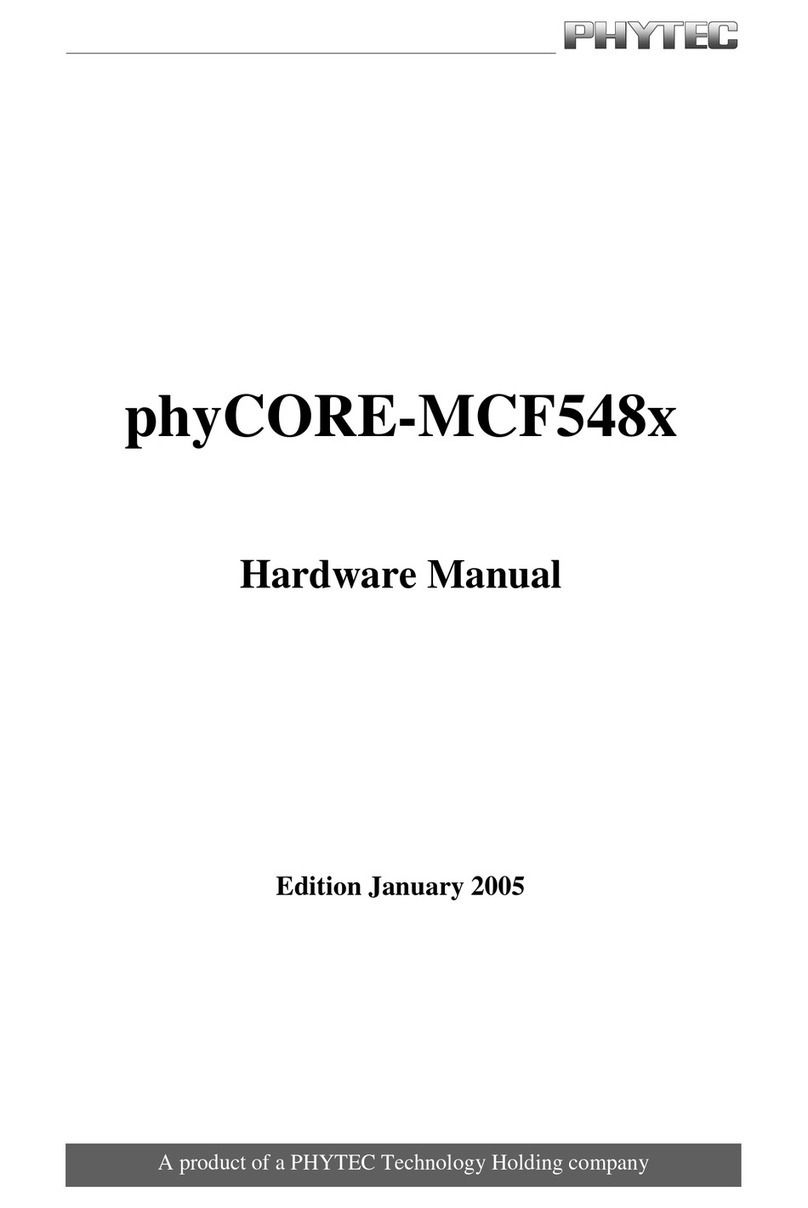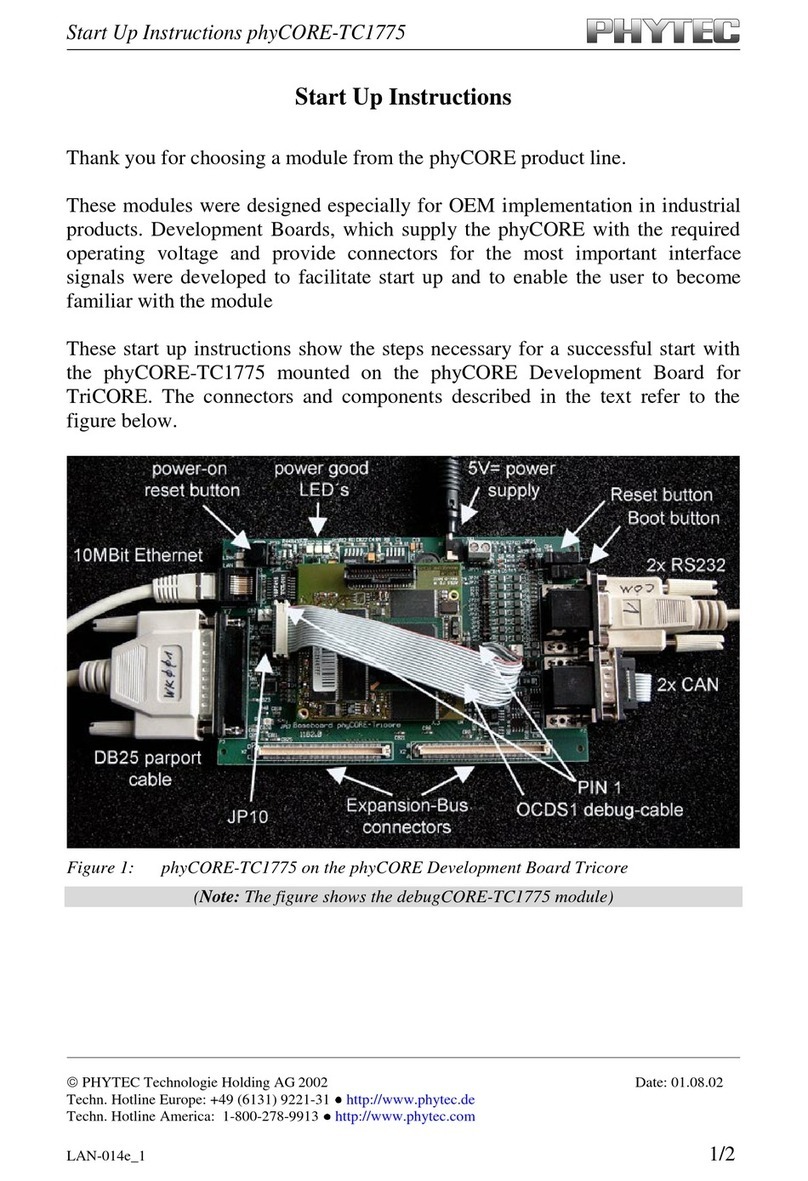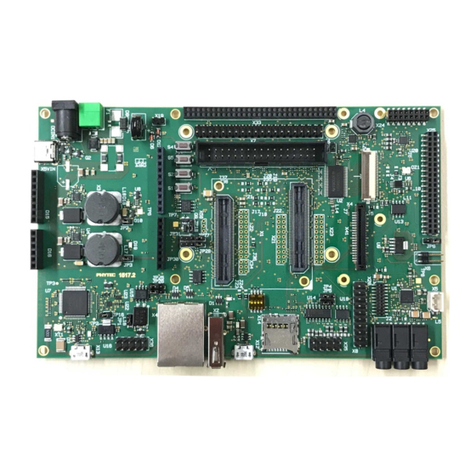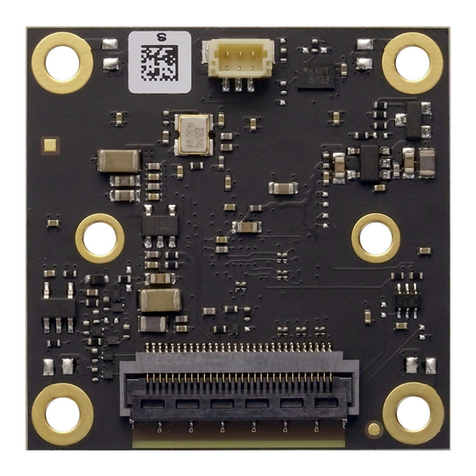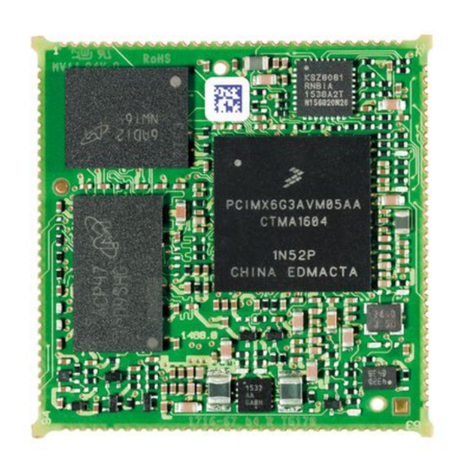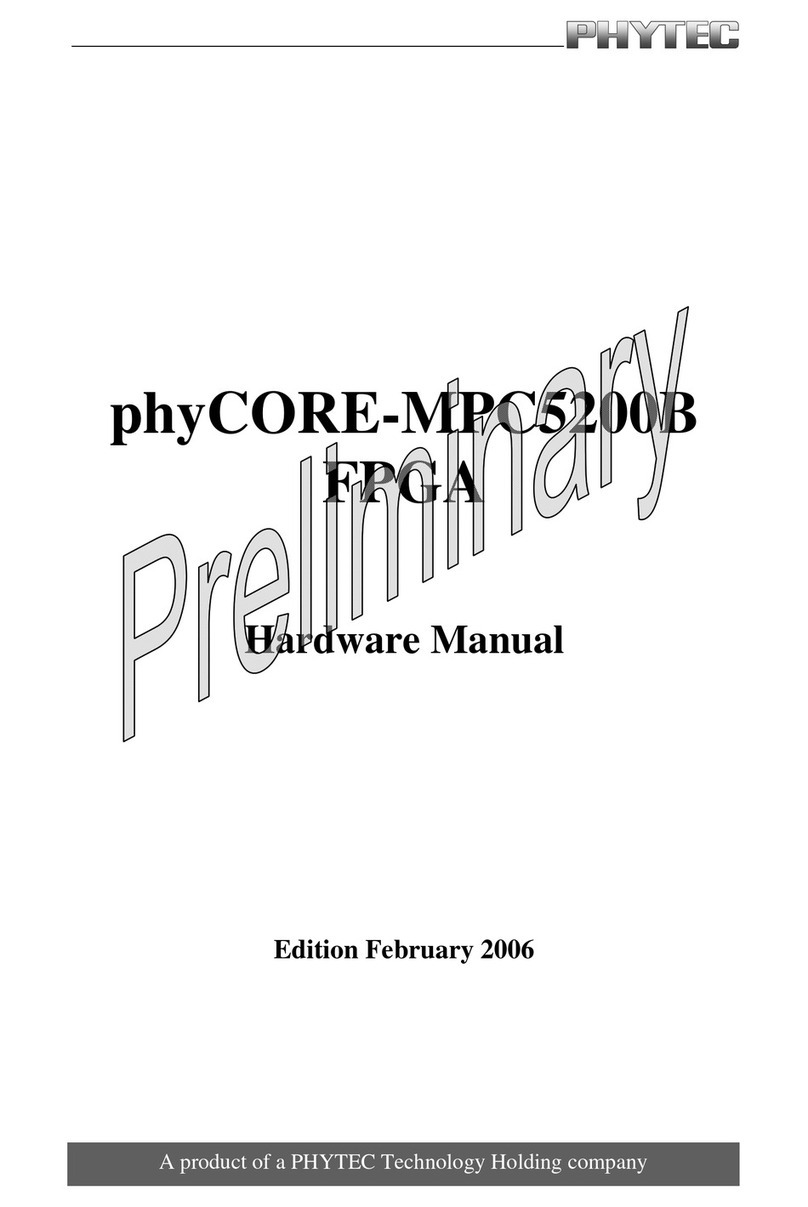© PHYTEC America LLC, 2021 6
List of Tables
Table 1. Abbreviations and Acronyms used in this Manual.............................................................................10
Table 2. Signal Types Used in this Manual.....................................................................................................11
Table 3. Technical Specifications ...................................................................................................................20
Table 4. Recommended Operating Conditions for the Input and Output Power Domains...............................21
Table 5. Voltage Domain Configurations ........................................................................................................23
Table 6. Solder Jumper Settings.....................................................................................................................24
Table 7. phyCORE-i.MX8X Connector X1, Column A Pinout..........................................................................29
Table 8. phyCORE-i.MX8X Connector X1, Column B Pinout..........................................................................30
Table 9. phyCORE-i.MX8X Connector X1, Column C Pinout..........................................................................32
Table 10. phyCORE-i.MX8X Connector X1, Column D Pinout........................................................................33
Table 11. Reset Pin Description .....................................................................................................................36
Table 12. External Supply Voltages................................................................................................................37
Table 13. Internal Voltage Rails......................................................................................................................37
Table 14. eMMC Signal Connections to the Processor...................................................................................38
Table 15. NAND Signal Connections to the Processor ...................................................................................39
Table 16. OSPI0 Connections at the phyCORE-Connector............................................................................40
Table 17. MMC1 Connections at the phyCORE-Connector............................................................................40
Table 18. BOOTMODE Description................................................................................................................41
Table 19. FlexCAN Connections at the phyCORE-Connector.........................................................................42
Table 20. Ethernet Connections at the phyCORE-Connector .........................................................................42
Table 21. Ethernet PHY Default Strapping Configuration................................................................................44
Table 22. Connections at the phyCORE-Connector........................................................................................44
Table 23. MLB Connections at the phyCORE-Connector ...............................................................................45
Table 24. PCIe Connections at the phyCORE-Connector...............................................................................45
Table 25. SAI0 Connections at the phyCORE-Connector...............................................................................45
Table 26. SAI1 Connections at the phyCORE-Connector...............................................................................46
Table 27. SAI2 Connections at the phyCORE-Connector...............................................................................46
Table 28. SAI3 Connections at the phyCORE-Connector...............................................................................46
Table 29. MCLK Connections at the phyCORE-Connector.............................................................................46
Table 30. ESAI0 Connections at the phyCORE-Connector.............................................................................46
Table 31. SPDIF Connections at the phyCORE-Connector............................................................................47
Table 32. SPI Connections at the phyCORE-Connector.................................................................................47
Table 33. UART Connections at the phyCORE-Connector.............................................................................48
Table 34. USB0 SS3 Connections at the phyCORE-Connector......................................................................48
Table 35. USB0 OTG Connections at the phyCORE-Connector.....................................................................49
Table 36. USB1 OTG Connections at the phyCORE-Connector.....................................................................49
Table 37. M4F Connections at the phyCORE-Connector................................................................................50
Table 38. PWM Connections at the phyCORE-Connector..............................................................................50
Table 39. JTAG Connections at the phyCORE-Connector..............................................................................51
Table 40. UART Connections at the phyCORE-Connector.............................................................................51
Table 41. LVDS/MIPI Connections at the phyCORE-Connector.....................................................................52
Table 42. Parallel Display Connections at the phyCORE-Connector ..............................................................53
Table 43. MIPI CSI Connections at the phyCORE-Connector.........................................................................54
Table 44. Parallel Camera Connections at the phyCORE-Connector .............................................................54
Table 45. ADC Connections at the phyCORE-Connector...............................................................................55
Table 46. FlexTimer Signals...........................................................................................................................55
Table 47. Total Available GPIO ......................................................................................................................55
Table 48. GPIO0 Accessibility at phyCORE-Connector..................................................................................56
